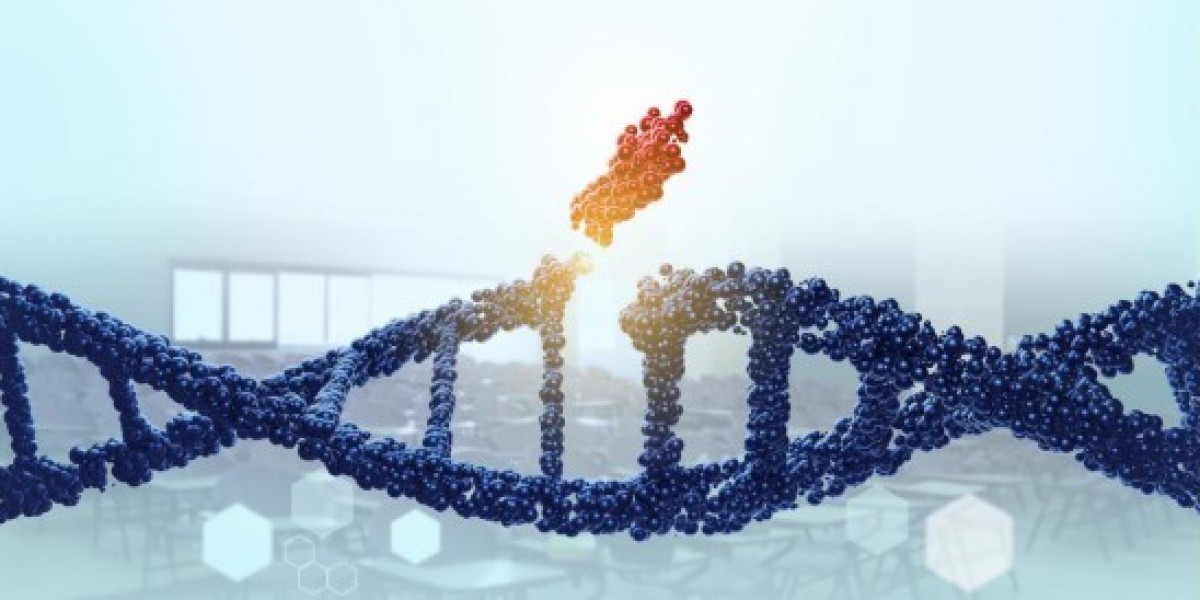In the realms of pharmaceuticals and biotechnology, drug delivery systems have evolved significantly over the past few decades, with liposomes emerging as one of the most promising vehicles. Liposomes, microscopic spheres composed of lipid bilayers, offer a versatile platform for delivering drugs, enhancing bioavailability, and minimizing toxicity. This article delves into the revolutionary impact of liposome drug delivery systems and the burgeoning field of custom liposomes.
Liposome Drug Delivery: A Brief Overview
Liposomes are spherical vesicles that have at least one lipid bilayer. They can encapsulate both hydrophilic (water-soluble) and hydrophobic (fat-soluble) drugs, making them incredibly versatile. The structure of a liposome typically consists of:
Aqueous Core: Encapsulates water-soluble drugs.
Lipid Bilayer(s): Hosts fat-soluble drugs within its membrane.
Liposomes were first described in the 1960s and since then, they have been extensively studied for drug delivery applications due to their biocompatibility, ability to encapsulate a wide variety of therapeutic substances, and their potential to enhance the therapeutic index of drugs.
Mechanisms of Liposome Drug Delivery
Liposomes can deliver drugs in several ways:
Passive Targeting: This exploits the enhanced permeability and retention (EPR) effect, where liposomes accumulate in tumor tissues due to their leaky vasculature.
Active Targeting: Involves modifying the liposome surface with ligands such as antibodies or peptides to target specific cells or tissues.
Controlled Release: Liposomes can be designed to release their payload in response to specific environmental triggers like pH, temperature, or enzymes.
Advantages of Liposome Drug Delivery
Increased Stability: Encapsulation within liposomes protects drugs from degradation.
Reduced Toxicity: By localizing drug delivery, liposomes can minimize systemic side effects.
Enhanced Efficacy: Targeted delivery can increase the concentration of the drug at the desired site, improving its therapeutic effect.
Versatility: Liposomes can encapsulate a wide range of drugs, including small molecules, nucleic acids, and proteins.
Custom Liposomes: Tailoring Precision Medicine
The concept of custom liposomes emphasizes tailoring liposomal formulations to meet the specific needs of patients and the therapeutic context. Customization can occur at various levels:
Lipid Composition: By altering the types and ratios of lipids used, researchers can influence properties like the stability, charge, and fluidity of the liposome.
Surface Modification: Adding functional groups or molecules to the surface of liposomes can confer specific targeting abilities or evasion from the immune system.
Size and Lamellarity: Adjusting the size (unilamellar, multilamellar) and number of lipid bilayers can impact the drug release profile and circulation time.
Applications of Custom Liposomes
Cancer Therapy: Custom liposomes can be engineered to deliver chemotherapeutics directly to tumor cells, sparing healthy tissue and reducing side effects.
Gene Therapy: Tailored liposomes can encapsulate nucleic acids such as DNA, mRNA, or siRNA, protecting them from degradation and facilitating their delivery into cells.
Vaccines: Custom liposomes can present antigens in a way that enhances the immune response, paving the way for more effective vaccines.
Challenges and Future Directions
Despite their promise, liposome drug delivery technology faces several challenges:
Manufacturing Complexity: The production of liposomes, especially custom formulations, can be technically challenging and costly.
Stability: Ensuring the stability of liposomal formulations over their shelf-life is critical.
Regulatory Hurdles: Navigating the regulatory landscape for liposome-based therapeutics can be complex.
Future directions in liposome research will likely focus on overcoming these challenges through technological advancements, optimization of manufacturing processes, and more in-depth studies into the pharmacokinetics and biodistribution of liposomal drugs.
Conclusion
Liposome drug delivery systems represent a significant leap forward in the field of targeted therapy, offering the potential to transform the treatment landscape for many diseases. The advent of custom liposomes further enhances this promise, bringing personalized medicine a step closer to reality. As research and technology continue to advance, liposomes will undoubtedly play an ever-increasing role in the future of drug delivery systems.








